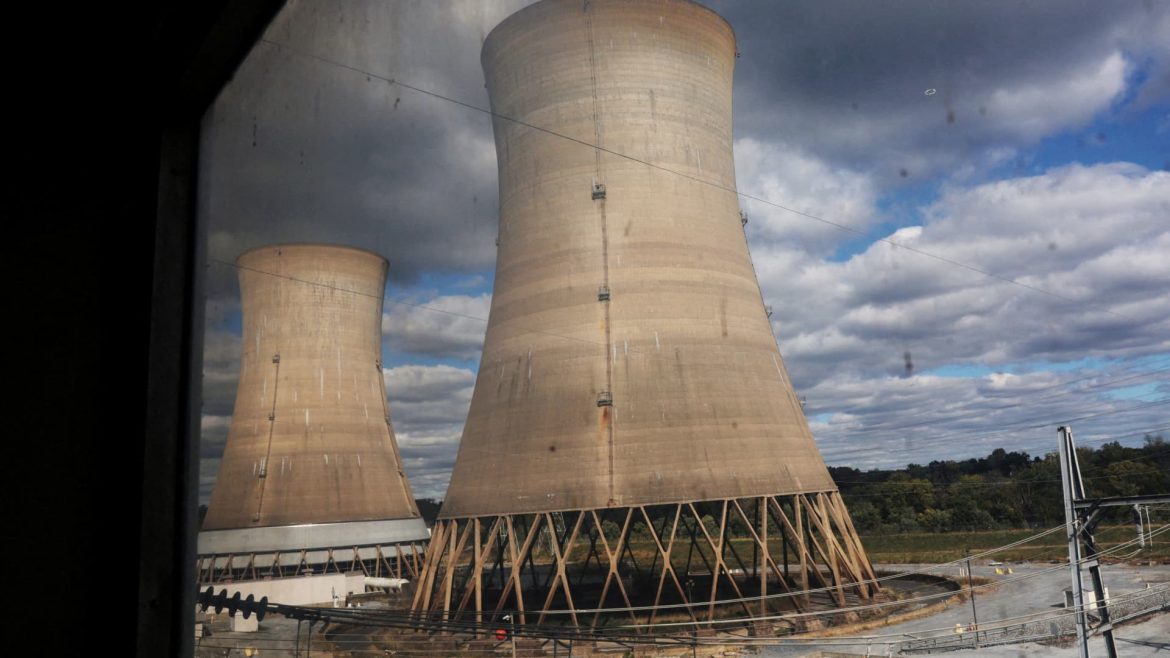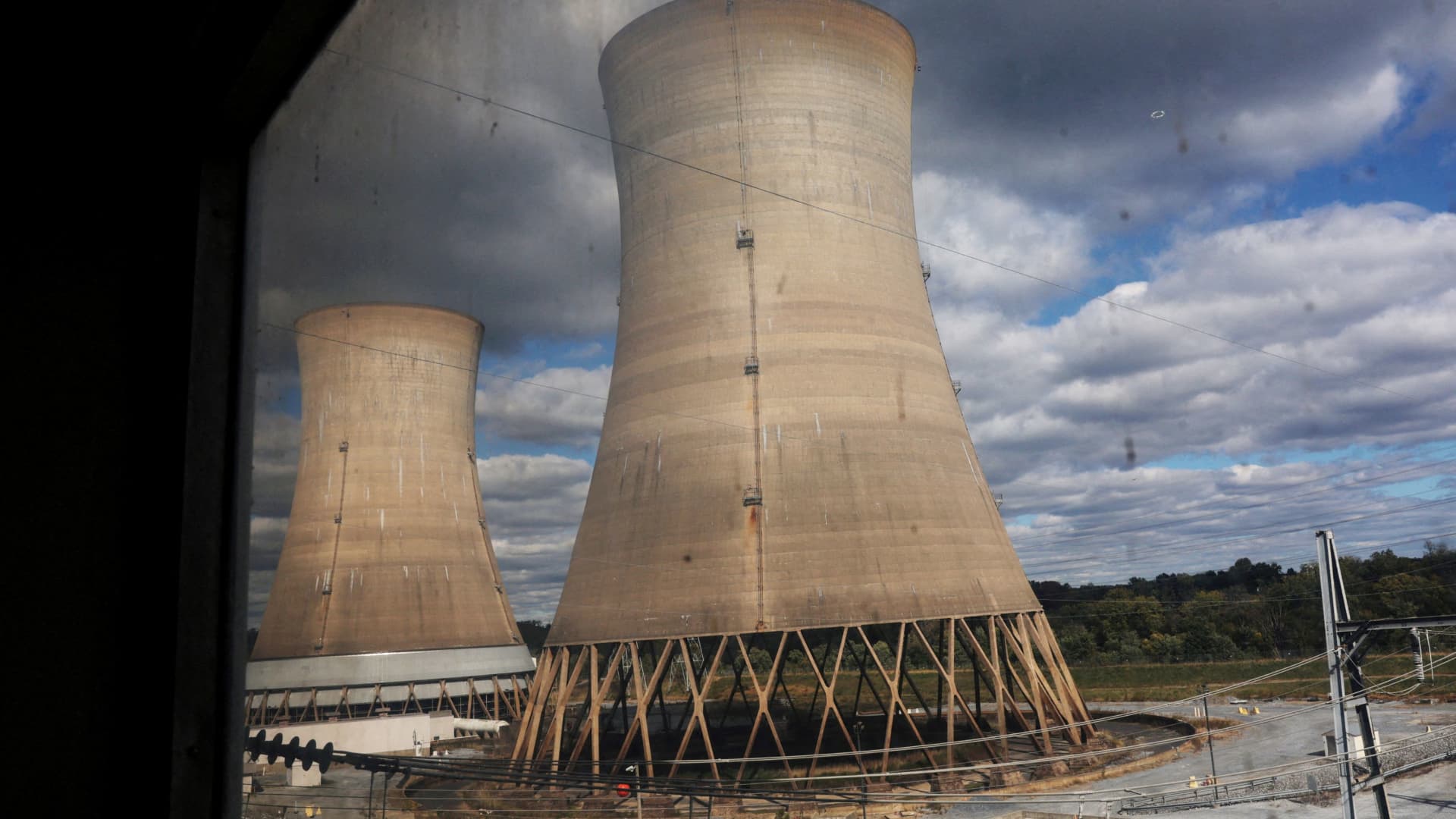The recent executive orders signed by President Trump mark a bold and decisive effort to accelerate the development and deployment of nuclear power in the United States. These initiatives strategically aim to reshape the regulatory landscape, streamline approval processes, and enhance federal involvement in advanced nuclear reactor construction. This report analyzes the scope, implications, and challenges of these measures, shedding light on their potential to influence the future of American nuclear energy.
Accelerating Nuclear Reactor Construction: The Core Objectives
President Trump’s executive orders principally focus on speeding up the construction of nuclear reactors by reforming the U.S. Nuclear Regulatory Commission (NRC), the agency responsible for overseeing nuclear safety and licensing. A key component involves imposing an 18-month deadline on the NRC to decide on new reactor licenses, a significant reduction from the lengthy and often unpredictable timelines that typically extend over several years. This deadline aims to eliminate regulatory bottlenecks and bring clarity and swiftness to project developers, thus encouraging investment in nuclear infrastructure.
Concurrently, the executive actions empower the Departments of Energy and Defense to build advanced reactors on federal sites. This interdepartmental collaboration aims to leverage the specialized expertise and resources of these federal agencies, facilitating pilot projects and demonstrations that may set precedents for larger-scale deployments. Additionally, the orders seek a “total and complete reform” of NRC’s internal culture and regulatory processes, signaling an intention to make the commission more agile and industry-friendly without undermining safety.
Overhauling the Nuclear Regulatory Commission
The overhaul of the NRC lies at the heart of this policy shift. According to multiple reports, the executive orders are intended to grant the White House a tighter grip over the previously independent agency. Rules and regulatory decisions must now undergo vetting within the executive branch, thereby centralizing authority and potentially reducing bureaucratic inertia. While this move promises efficiency, it also poses questions about the balance between regulatory independence and political influence—an issue of critical importance given the high stakes of nuclear safety.
Moreover, proposed changes include reconsidering existing safety limits, potentially loosening some regulatory constraints to facilitate reactor approvals. This raises concerns among critics about whether rapid deployment might come at the expense of stringent safety standards. The administration justifies these reforms as necessary for technological innovation and maintaining U.S. competitiveness, especially in an environment of rising electricity demand and growing strategic concerns over dependence on foreign uranium.
Strategic Importance in Energy and Defense
By emphasizing the roles of the Energy and Defense departments, the orders underscore nuclear power’s dual significance: a vital carbon-free energy source that can bolster the nation’s electricity grid, and a strategic asset in national security. The deployment of advanced reactors on military properties and DOE lands can serve as testing grounds for next-generation nuclear technologies, including small modular reactors (SMRs) and advanced designs like those being developed by companies such as Oklo.
This strategic alignment also aims to strengthen domestic uranium mining and enrichment, thus addressing vulnerabilities in the nuclear fuel supply chain. By boosting domestic fuel production capacity, the administration intends to reduce reliance on foreign sources and enhance energy independence.
Impact on the Nuclear Industry and Market Response
The nuclear sector has reacted positively to these executive actions, with related stocks rallying on expectations that the regulatory streamlining will unlock stalled projects and open avenues for new developments. Industry players like Oklo are hopeful that expedited licensing timelines will enable swifter commercialization of advanced reactor designs, promoting innovation and jobs.
The administration’s push appears designed to revitalize a sector that has faced economic and regulatory challenges in recent decades. By lowering financial and technological barriers, the government hopes to make nuclear power an integral part of the clean energy transition while supporting economic growth.
Balancing Speed with Safety: Challenges Ahead
Despite the clear intent to fast-track nuclear reactor construction, these initiatives face complex challenges. The NRC’s traditional role has been to rigorously scrutinize applications to ensure public and environmental safety, a responsibility that cannot be compromised without severe consequences. Achieving a streamlined yet safe regulatory process requires delicate balancing that the executive orders attempt to address through cultural reform and procedural overhaul.
There is also the risk of political controversies surrounding perceived deregulation, potential environmental opposition, and the technical difficulties inherent in deploying new nuclear technologies rapidly. Furthermore, long-standing public skepticism about nuclear energy’s safety could influence regulatory and legislative outcomes, especially if regulators are seen as pressured to expedite approvals.
Conclusion: A Potential Turning Point for American Nuclear Energy
President Trump’s executive orders represent a decisive, unprecedented push to transform the U.S. nuclear energy landscape. By mandating faster NRC decisions, empowering federal departments, and signaling a cultural shift towards regulatory agility, these actions could significantly accelerate reactor construction and innovation. They address crucial energy security concerns and aim to position the U.S. as a leader in advanced nuclear technology amid growing energy demands and geopolitical challenges.
However, the success of this ambitious agenda depends on the delicate interplay between speed, safety, and public trust. How effectively the administration manages this balance will define whether these reforms result in a renaissance of American nuclear power—or if they provoke regulatory and societal friction that hinders progress. Either way, these executive orders unmistakably mark a pivotal moment in the ongoing evolution of the country’s approach to nuclear energy.





